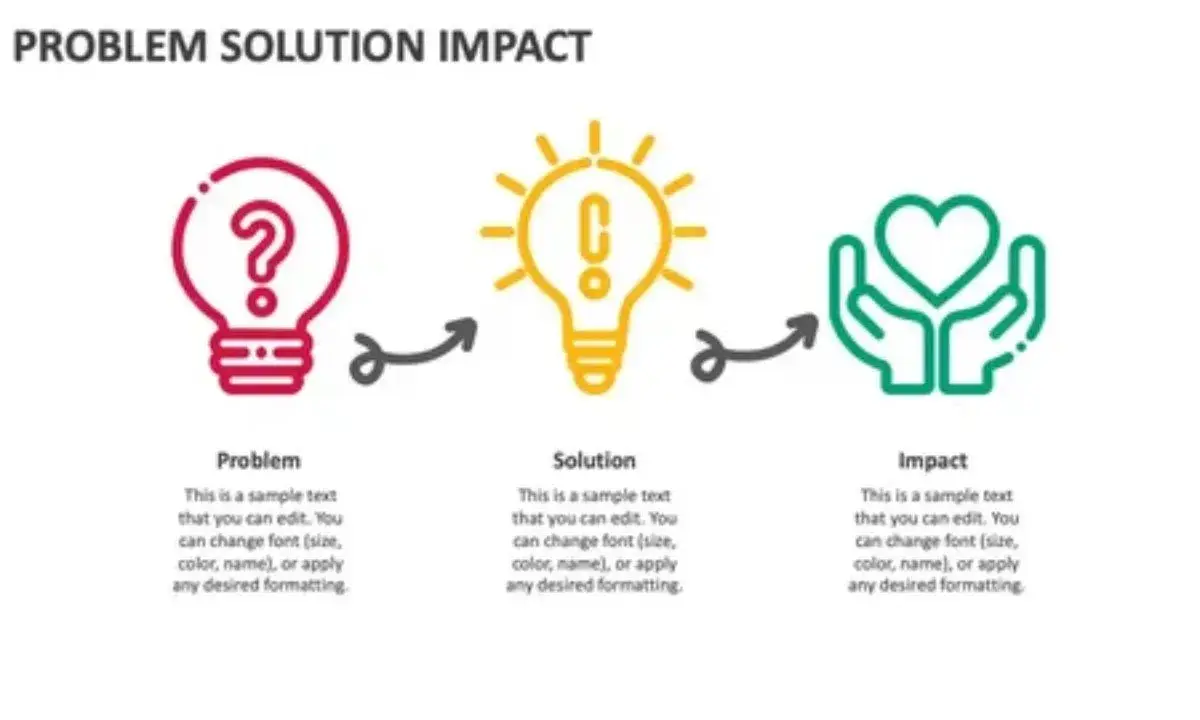In the modern era of industrial automation and precision manufacturing, even the most advanced systems encounter performance challenges. Among these challenges, Loguytren problems—complex malfunctions affecting mechanical-electronic interface systems—pose significant risks to reliability, uptime, and safety.
These issues are not isolated incidents. A 2023 industry survey revealed that nearly 38% of automation facilities reported experiencing at least one Loguytren-related disruption annually. Whether caused by calibration drift, firmware conflicts, or sensor degradation, these problems can lead to costly downtime and compromised production quality.
This guide explores the root causes, diagnostic methods, and preventive measures for managing Loguytren problems effectively, combining real-world engineering practices with actionable insights.
Introduction to Loguytren Problems
A Loguytren system represents a fusion of mechanical, electronic, and software components designed to perform synchronized tasks with extreme precision. These systems are common in sectors like semiconductor fabrication, aerospace, medical devices, and automotive assembly.
When Loguytren systems malfunction, the impact can ripple across the production chain. For instance, even a small calibration error in a robotic manipulator can throw off alignment tolerances, causing production rejections and rework.
Key implications of Loguytren failures include:
- Reduced equipment uptime and efficiency
- Inconsistent quality control readings
- Escalated maintenance costs
- Potential safety risks for operators
To maintain industrial reliability, understanding the architecture and vulnerabilities of Loguytren components is essential.
What Exactly Are Loguytren Components?
A Loguytren assembly consists of interconnected hardware and software modules that collaborate under strict synchronization. Each component plays a unique role:
| Component | Function | Common Failure Trigger |
|---|---|---|
| Processing Unit (CPU/MCU) | Executes firmware logic and control algorithms | Overheating, voltage spikes |
| Firmware Layer | Provides system logic and communication interface | Integration mismatch, update failure |
| I/O Bus | Handles data exchange between modules | EMI interference, connector wear |
| Sensor Arrays | Capture real-world parameters (temperature, vibration, pressure) | Degradation, contamination |
| Actuator Network | Executes physical operations based on input signals | Calibration drift, load misalignment |
These components often operate under tight environmental conditions—high temperatures, strong electromagnetic fields, or heavy vibration—which makes systemic health monitoring vital.
Common Loguytren Problems and Their Causes
Calibration Drift
Calibration drift occurs when measurement or output accuracy slowly deviates from its intended baseline.
Primary causes:
- Thermal cycling: Expansion and contraction of materials distort mechanical alignment.
- Mechanical fatigue: Continuous vibration or torque stress weakens joints and gears.
- EMI exposure: High electromagnetic fields interfere with signal stability.
Real-world example:
A semiconductor manufacturer in Taiwan found its robotic wafer aligner drifting by 0.02 mm daily due to thermal instability. A recalibration cycle every 48 hours mitigated the issue, improving yield by 11%.
Firmware Integration Failures
When firmware updates are rolled out across complex systems, integration conflicts can trigger chain-reaction faults.
Causes include:
- Version mismatches between firmware and device drivers
- Unpatched memory leaks or buffer overflows
- Timing irregularities under new execution conditions
Case Study:
Using LoguTech Diagnostic Suite, engineers at a precision tool plant detected a rollback error in firmware that caused actuator desynchronization. Controlled regression testing identified a missing dependency in the I/O handshake protocol.
Sensor Degradation
Sensors are the “eyes and ears” of Loguytren systems. Over time, their accuracy declines, especially in harsh industrial environments.
Typical degradation factors:
- Aging: MEMS and optical sensors lose sensitivity over thousands of cycles.
- Contamination: Dust, oil, or metal particles interfere with lens or diaphragm function.
- Environmental stress: UV exposure, humidity, and corrosive gases accelerate decay.
Statistic:
According to the 2023 Industry Maintenance Report, 24% of production anomalies were traced to gradual sensor drift or contamination.
Diagnosing Loguytren Problems Effectively
Diagnosing these issues requires structured, data-driven methods rather than trial and error. Effective diagnosis involves three major steps.
Step 1: Data Collection and Analysis
Gather performance logs, sensor readings, and control parameters.
Use statistical techniques like standard deviation analysis, variance mapping, and time-series correlation to isolate irregularities.
Tools used:
- LoguTech Diagnostic Suite
- SCADA-based log aggregators
- Predictive maintenance AI platforms
Tip: Always compare current values against historical baselines instead of ideal theoretical values.
Step 2: Isolation Testing
Once data anomalies are identified, isolate the component responsible.
Methods:
- Swap suspect modules with verified working units.
- Run firmware in a sandboxed virtual environment to confirm code behavior.
- Perform A/B testing across redundant nodes to validate performance.
This step minimizes downtime and prevents unnecessary hardware replacement.
Step 3: Environmental Assessment
Environmental factors often act as hidden culprits in Loguytren malfunctions.
Key assessment parameters:
| Parameter | Diagnostic Tool | Acceptable Range |
|---|---|---|
| Temperature | Thermal mapping sensors | ±2°C of rated spec |
| Vibration | Accelerometer-based logger | Below 0.5 g RMS |
| EMI | Spectrum analyzer | <10 dBµV/m |
| Humidity | Hygrometer | 40–60% RH |
If external factors exceed safe thresholds, even a fully functional system will degrade over time.
Advanced Solutions for Persistent Loguytren Problems
When standard maintenance fails, advanced engineering interventions become necessary.
Firmware Regression Testing
Regression testing ensures that firmware updates don’t introduce new bugs.
Key steps:
- Maintain a golden image repository of stable firmware versions.
- Deploy updates in staged canary environments before full rollout.
- Automate rollback triggers if anomaly thresholds are exceeded.
Quote:
“Firmware regression testing isn’t a luxury—it’s your insurance against cascading system failures.”
— Liza Adverd, Manufacturing Technology Quarterly
Precision Recalibration Protocols
Traditional calibration routines often ignore dynamic load conditions. Modern recalibration must be context-aware.
Effective recalibration involves:
- Performing calibration under operational load to capture real-world stress factors.
- Using closed-loop systems that automatically correct drift through AI feedback.
- Storing calibration coefficients in firmware for adaptive self-tuning.
Fact:
Facilities that implemented dynamic calibration reported 17% fewer drift-related stoppages.
Sensor Array Optimization
Improving sensor reliability doesn’t always mean replacing hardware. It’s about smart configuration.
Optimization strategies:
- Sensor redundancy: Deploy parallel sensors to compare and validate readings.
- Sensor fusion: Combine multiple data types (e.g., thermal + optical) for higher accuracy.
- Predictive modeling: Use machine learning to estimate sensor aging curves and preempt failure.
Example:
An automotive assembly plant adopted AI-based anomaly detection to monitor 120 temperature sensors, reducing unexpected shutdowns by 29%.
Preventive Maintenance to Avoid Loguytren Problems
Preventive measures are far more cost-effective than reactive troubleshooting.
Regular Inspection Schedules
Create a data-driven maintenance calendar based on Mean Time To Failure (MTTF), not just fixed intervals.
Recommended frequency:
| Component | Inspection Interval | Replacement Threshold |
|---|---|---|
| Sensors | Every 90 days | ±5% drift detected |
| Firmware audit | Bi-annually | New integration version |
| Mechanical joints | Every 180 days | Vibration > 0.5 g |
| Actuator calibration | Quarterly | ±0.01 mm deviation |
Using these schedules can extend overall equipment lifespan by up to 25%.
Environmental Control Measures
Environmental stability dramatically improves Loguytren performance.
Best practices:
- Maintain stable ambient temperature within ±2°C.
- Install EMI shielding around sensitive controllers.
- Introduce air filtration systems to limit particulate intrusion.
- Use vibration isolation pads for rotating equipment.
Case Study:
After implementing vibration isolation and humidity control, a Taiwanese semiconductor plant reduced sensor drift incidents by 41% within six months.
Staff Training and Certification
Even the best systems fail when operators lack procedural discipline.
Essential training areas:
- Firmware update protocols
- Safe calibration practices
- Environmental compliance checks
- Equipment handling and static discharge safety
Certification programs from organizations like IEC or ISO 18436 improve technician proficiency and reduce error-induced faults.
Future Developments in Loguytren Technology
Innovation is reshaping how engineers manage and prevent Loguytren problems.
Emerging trends:
- Self-healing firmware: Autonomous rollback logic detects and repairs corrupted modules in real time.
- AI-driven predictive diagnostics: Machine learning models analyze sensor health and predict failure weeks in advance.
- Advanced materials: Drift-resistant composites and anti-corrosive alloys extend service life.
- Cloud-based monitoring: Continuous data logging enables global oversight from remote facilities.
Quote:
“Future Loguytren systems will think for themselves—detecting, diagnosing, and correcting issues before humans even notice.”
— Dr. Elaine Cheng, LoguTech Labs, 2025 Symposium
Conclusion: A Strategic Approach to Managing Loguytren Problems
Understanding and addressing Loguytren problems requires more than patching surface symptoms—it demands a strategic, layered approach that integrates diagnostics, solutions, and preventive discipline.
By combining firmware integrity, precision calibration, sensor optimization, and environmental control, industries can reduce downtime, extend equipment longevity, and safeguard production quality.
Key takeaways:
- Root causes are predictable and measurable—never random.
- Regular monitoring and data-driven maintenance prevent costly disruptions.
- Training and technology synergy ensure sustained operational excellence.
Managing Loguytren problems isn’t just about fixing errors—it’s about building resilient, intelligent systems designed to thrive in the harsh realities of industrial automation.

Ember Clark is an expert blogger passionate about cartoons, sharing captivating insights, trends, and stories that bring animation to life for fans worldwide.

